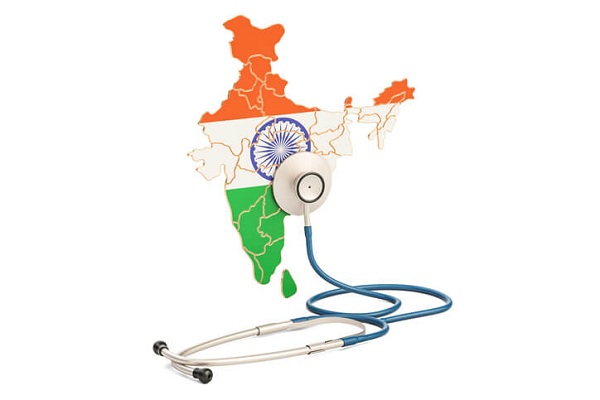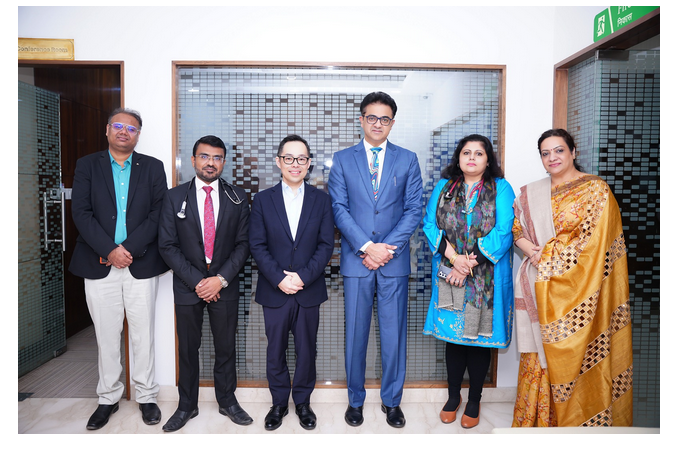Augmented Reality (AR) and Virtual Reality (VR) are redefining the landscape of the healthcare sector in India. These cutting-edge technologies are unlocking new possibilities, enhancing medical practices, and shaping the future of patient care.
The Future of AR and VR in Indian Healthcare:
1. Telemedicine Revolution: AR and VR hold the potential to transform telemedicine, enabling remote consultations and diagnostic assistance. Patients in remote areas can access specialized care without geographical limitations.
2. Surgical Precision: AR overlays can guide surgeons with real-time information, leading to more accurate procedures and reduced complications. VR aids in preoperative planning and rehearsal.
3. Medical Education Evolution: AR and VR will further enrich medical education, offering an immersive learning experience. Medical students can explore intricate anatomical structures and witness surgeries as if they were present in the operating room.
4. Rehabilitation Breakthroughs: AR and VR will play a pivotal role in innovative rehabilitation programs. Patients can engage in personalized exercises and therapies from the comfort of their homes.
Advantages of AR and VR in Healthcare:
1. Enhanced Medical Training and Education: AR and VR provide immersive simulations for medical students and professionals, allowing them to practice surgeries and procedures in a risk-free environment. This hands-on experience boosts skill development and fosters confidence.
2. Accurate Diagnostics: AR can overlay vital patient information during surgeries, enabling doctors to make precise decisions. VR assists in analyzing complex medical images, aiding accurate diagnosis and treatment planning.
3. Patient Engagement: AR and VR offer interactive tools for patients to better understand their medical conditions and treatment options. These technologies empower patients to actively participate in their healthcare journey.
4. Pain Management and Rehabilitation: Virtual environments created by AR and VR help manage pain and anxiety during medical procedures. They also aid in rehabilitation by providing interactive exercises and motivational support.
Disadvantages of AR and VR in Healthcare:
1. Cost and Infrastructure: Implementation of AR and VR technologies requires substantial investment in equipment and infrastructure, posing a challenge for resource-constrained healthcare settings.
2. Training and Adoption: Healthcare professionals need specialized training to effectively use AR and VR tools. Adoption may be slow due to resistance to change or lack of familiarity with these technologies.
3. Data Security and Privacy: The integration of AR and VR raises concerns about patient data security and privacy. Ensuring robust safeguards is crucial to prevent unauthorized access.
Augmented Reality and Virtual Reality are reshaping the healthcare sector in India, bringing unparalleled advantages such as improved medical training, enhanced patient engagement, and accurate diagnostics.
While challenges exist, the future holds immense promise, with AR and VR poised to revolutionize telemedicine, surgical precision, medical education, and patient rehabilitation. As the healthcare industry embraces these technologies, we can anticipate a healthier and more connected future for patients and healthcare professionals alike.
.png)
 In India, the future of AR and VR in healthcare holds immense promise to revolutionize telemedicine, surgical precision, medical education, and patient rehabilitation. As the healthcare industry embraces these technologies, we can anticipate a healthier and more connected future for patients and healthcare professionals alike.
In India, the future of AR and VR in healthcare holds immense promise to revolutionize telemedicine, surgical precision, medical education, and patient rehabilitation. As the healthcare industry embraces these technologies, we can anticipate a healthier and more connected future for patients and healthcare professionals alike.










.jpeg)







.jpeg)

.jpg)










